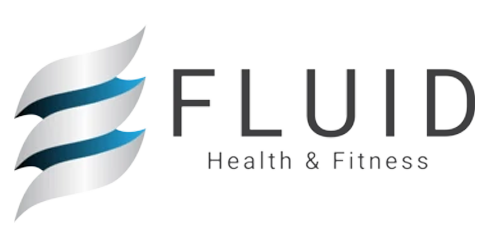
Apr 17 , 2021
0 Comments
Designed to Move | Shoulder Labral Tear
The shoulder joint is comprised of the humeral head (the location where the upper arm meets with the shoulder) and the glenoid (the shoulder socket). Surrounding its circumference, there is a protective, ring-like cartilage layer, called the shoulder labrum, which acts as a insertion site for the rotator cuff tendons and muscles. Repetitive overuse of the shoulder and overhead movements, improper lifting techniques, overstretching, and sudden jerking movements of the arm may lead to labral tears.
How Does This Happen?
We use our shoulders every day so there is a susceptibility to receive trauma in the area. The two most common types of labral tears are SLAP tears and Bankart tears.
SLAP tears (superior labrum from anterior to posterior), the most common type, is often seen in individuals who engage in frequent overhead throwing movements (athletes), or repetitive lifting. They occur at the top front side of the shoulder where it meets with the biceps.
Bankert tears usually coincide with shoulder dislocation because of instability in the joint.
Signs of Shoulder Labral Tears
- Aching sensation throughout the shoulder joint
- Pain and catching sensations associated with lifting and overhead movements
- Previous shoulder dislocations/sensation that the shoulder is coming out of the socket
- Shoulder instability
How Do You Fix Shoulder Labral Tears?
For most SLAP tears, resting time and a good pain management strategy will often heal such tears. For more severe tears and Bankart tears, medical procedures may be advisable. To help prevent and/or minimize symptoms, we would recommend the following exercises:
- Release - Pec Minor & Levator Scapulae 2min on each muscle - both sides of the body
- Activate - Supine Crunch with Rotation - External Oblique 2 x 20
- Integrate - Shoulder W's - Scapulothoracic Rhythm 2 x 20
- Strengthen - Standing band scaption - Rhomboid & Mid-Lower Trapezius 2 x 20




